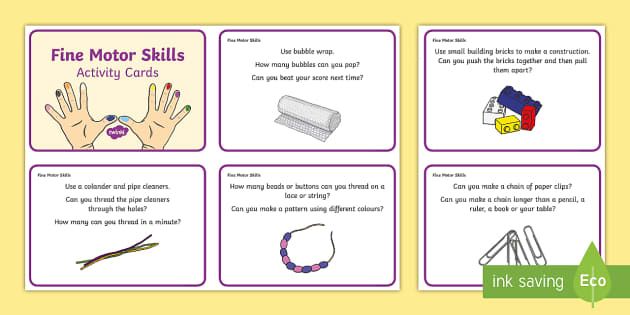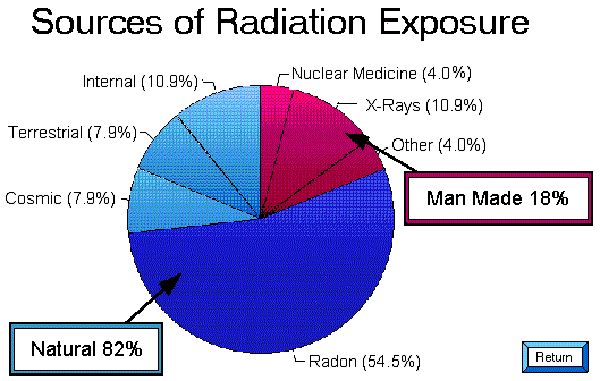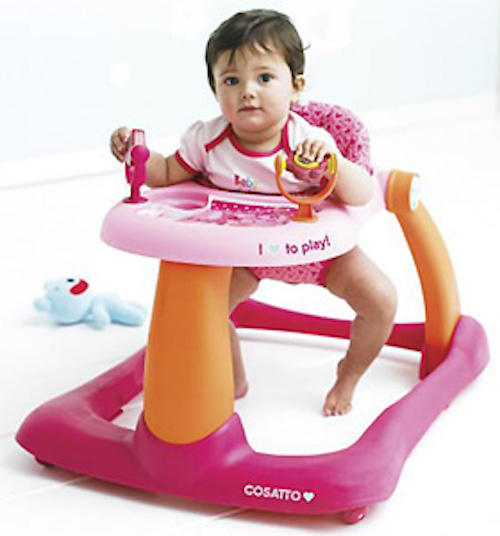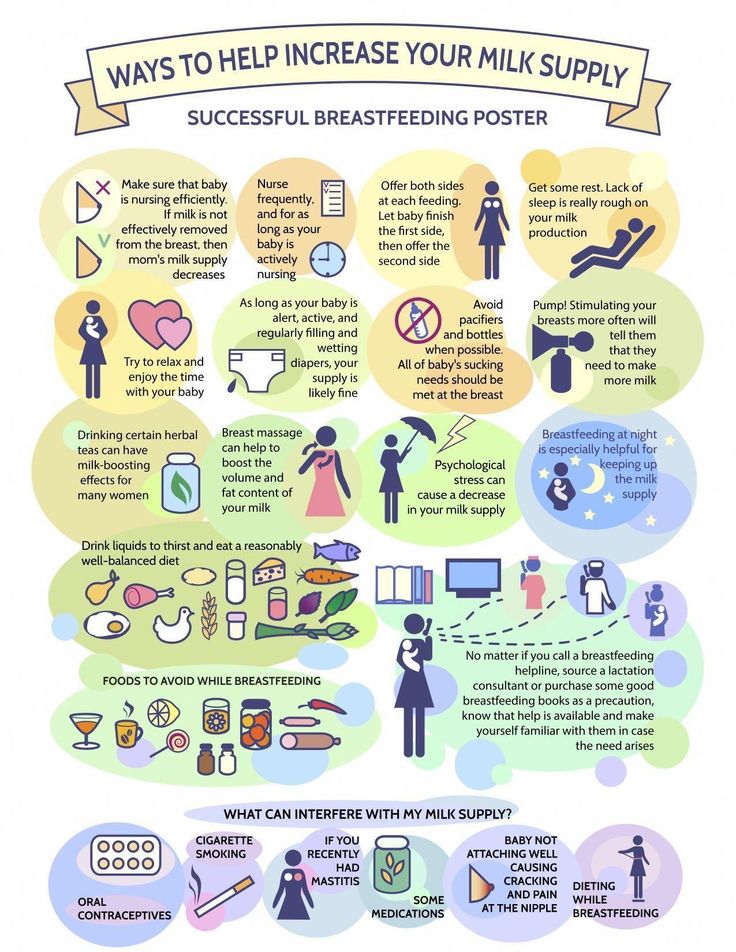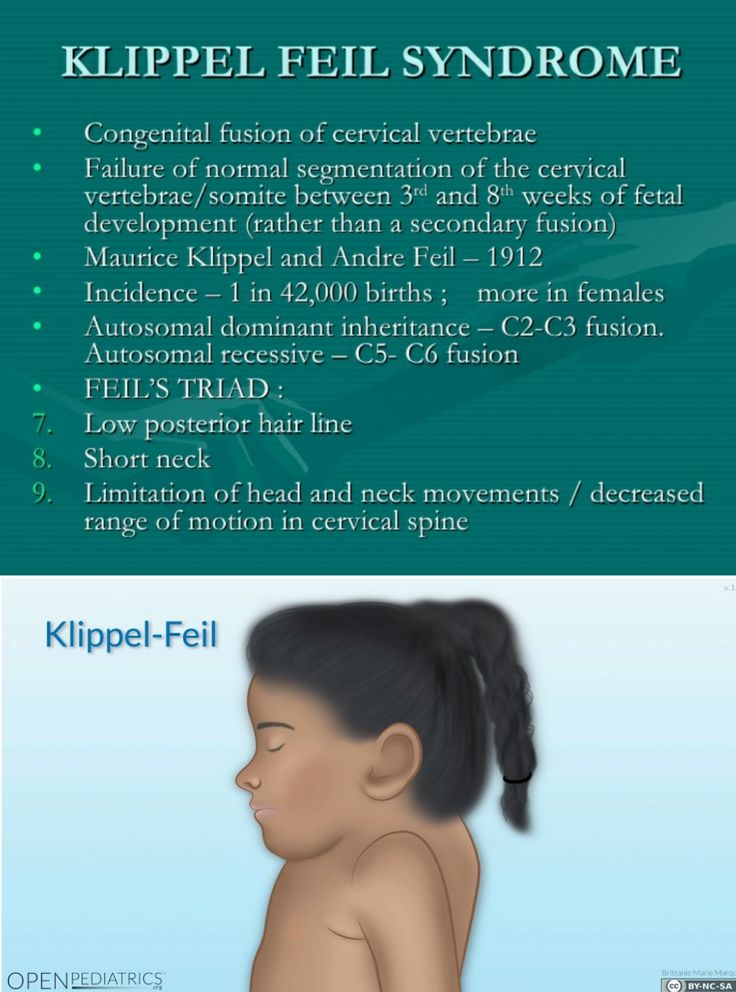Basic motor skills
Examples, Vs. Fine, Activities, More
As your baby grows and starts to investigate their surroundings, they develop new skills. Gross motor skills are one set of skills they’ll add to their repertoire of tricks right from the start.
Let’s take a look at some of those skills, as well as what to do if you suspect something might not be quite right.
Gross motor skills are those skills that involve the whole body — your core muscles (think belly and back) and the muscles of your arms and legs.
Gross motor skills include skills such as:
- sitting
- standing
- walking
- running
- jumping
- lifting (a spoon, a hairbrush, a barbell — they all count)
- kicking
Yup, these are actually skills.
And then there are the skills that need, well, a little more skill:
- riding a bike or a horse
- playing sports like football or baseball
- roller blading
- swimming
When your child uses their gross motor skills, they’re also working on balance, coordination, hand-eye coordination, and strengthening the neural pathways in their brain.
You’ve heard mothers at the park tossing these terms around with the same nonchalance they use to toss a ball. So what’s the difference?
While gross motor skills involve the bigger muscles, fine motor skills work the smaller muscles of the hands, fingers, and wrists. Fine motor skills are about dexterity.
Here’s an example, taken from the previous section: Your child uses gross motor skills to lift a hairbrush — but fine motor skills to grasp it in their hands in the first place.
Your child needs fine motor skills to do finicky things such as:
- holding a pencil or scissors
- writing
- cutting
- threading beads
- playing with Legos
- buttoning up their coat
The better their fine motor skills are, the easier they’ll find tasks like drawing and the faster they’ll be able to do them.
But appropriately developed gross motor skills can help your child build their fine motor skills. Knowing how to sit will give your child the ability to be at a desk and practice controlling the movements in their shoulders, arms, hands, and fingers.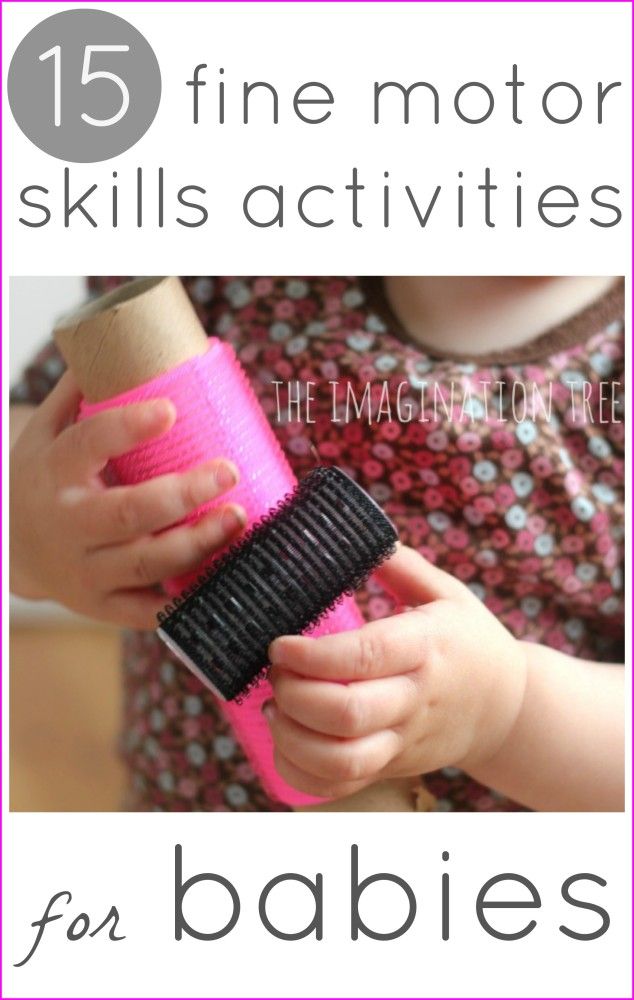
Your newborn has a ways to go before they’re crawling. Your toddler has a ways to go before they’re playing baseball. So what are the age-appropriate gross motor skills to look out for at each stage?
0–3 months
- As your baby’s startle reflex fades, you’ll notice that their movements become more voluntary and controlled. With their developing hand-eye coordination, your baby will be able to bat at brightly colored toys.
- When you place your baby on their stomach (you’ll want to schedule plenty of tummy time into their day), you’ll notice them lift their head and chest.
3–6 months
- At this age, babies start to move. Typically, they’ll start to roll from their back to their side. And then they’ll start to roll all the way over — first from their belly to their back and later from their back to their belly.
- Hold your baby’s hands when they’re lying on their back and gently pull them into a sitting position. Notice that they can raise their head.
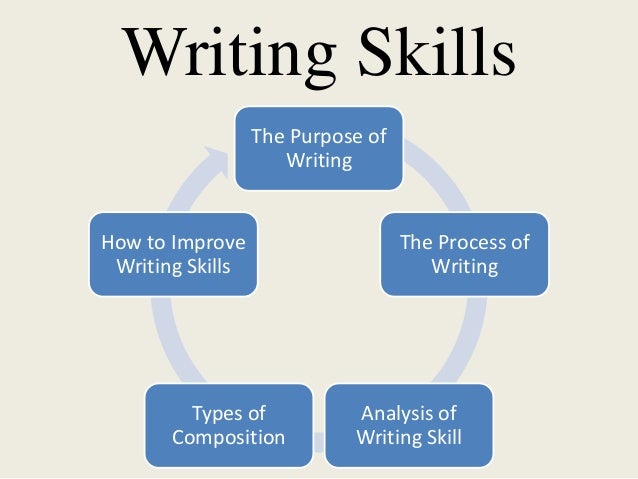
6–9 months
- At first, your baby will sit with a little bit of help from you. Then, they’ll be able to sit as long as they’re leaning on their hands. And finally, when their back and abdominal muscles get stronger, they’ll be able to sit alone.
- As your baby becomes more mobile, they’ll start sliding around on their tummy to explore. Watch them rising up on their hands and knees to rock back and forth. And then, just when you’re least expecting it, they’ll start to crawl.
1 year
- Each time your baby pulls themselves up to stand, they’re working out those leg muscles. Add to this a good dose of coordination and your baby will start taking a few tentative steps — as long as there’s something there to hold on to, like the coffee table or your pants.
- Your baby has discovered that they can see what’s going on around them much better if they’re sitting up. Watch them sit up alone.
2 years
- Your toddler can not only walk alone pretty well, but they’re also starting to run.
 Watch out, though — at this stage it’s still easy for them to fall.
Watch out, though — at this stage it’s still easy for them to fall. - Hold on to their hand tightly and your child will enjoy the challenge of walking up and down steps.
- By this stage, your child can jump with both feet.
3 years
- As your child’s leg muscles get stronger and their balance improves, they can stand on one foot for a few seconds at a time.
- Peddling a tricycle requires hand-eye coordination and arm-leg coordination that they’re starting to get the hang of.
- Your child is now able to enjoy playing on climbing frames at the park.
4 years
- Balancing on one foot is now a cinch, so your child begins to hop on one foot.
- Ball games become more fun as your child can catch a ball — almost all of the time.
5 years
- Get ready for games of jump rope now that your child can skip.
- With well-developed gross motor skills, your child is ready to learn how to skate and swim.
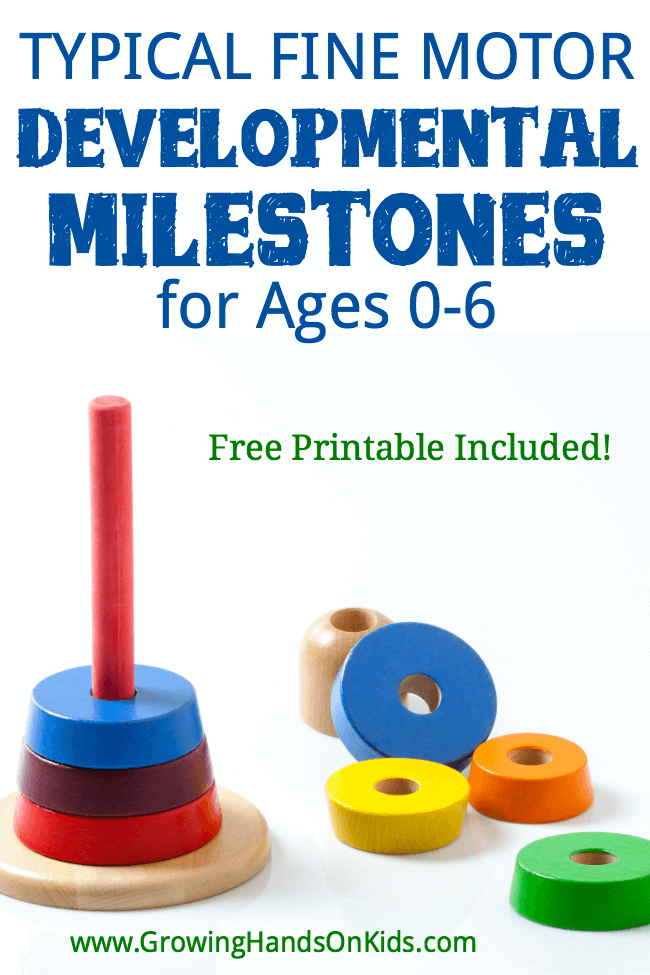
Always remember that each child is absolutely unique — just like everyone else. Your unique child may not follow given guidelines and that’s perfectly OK. We all develop in sync with our own internal clock.
That said, here are some things that you may want to look out for:
- Your child isn’t interested in the physical activities that their peers are happy doing. In fact, they even try to wiggle out of them.
- Your child goofs up tasks on purpose to mask that they’re having a hard time doing them.
- Your child tells other kids how catch a ball, reach the top of a jungle gym, or skip — but they won’t take part in the game.
If your child isn’t meeting many of the milestones above, you may want to reach out to your pediatrician for an evaluation. Very often, early intervention with a pediatric physical or occupational therapist can close the gaps you see.
Sometimes parents notice that their child has difficulty in many areas of physical activity.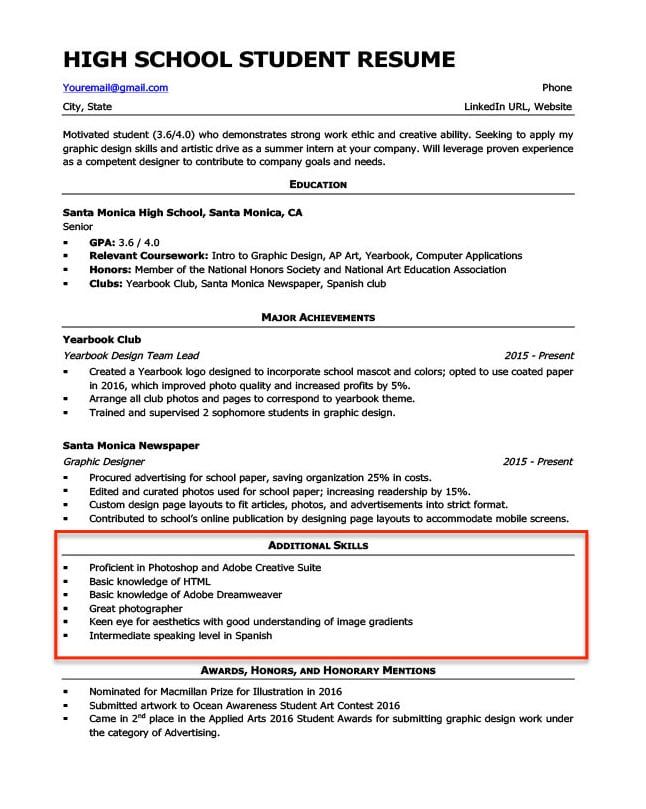 For example, if your little one is clumsy, has an unsteady gait that makes it hard to negotiate steps, and can’t manage to tie their shoes or complete arts-and-crafts projects.
For example, if your little one is clumsy, has an unsteady gait that makes it hard to negotiate steps, and can’t manage to tie their shoes or complete arts-and-crafts projects.
When several signs come together, they may signal a condition known as developmental coordination disorder (DCD). Talk to your pediatrician if you have concerns.
There are lots of ways you can encourage these skills at different stages.
Babies
- Head position practice. Alternate the side that you position your baby’s head when you lay them down. Left one day; right the next day. This will encourage your baby to lift their head and to strengthen both sides of their neck.
- Tummy time. Tummy time strengthens your baby’s neck and back muscles. Keep your baby interested by shaking a colorful toy in front of them.
- Rattle tug. It’s never too early to start building those biceps. Put a rattle in your baby’s hand and tug gently.

- Sitting your baby up. Prop your little one up to encourage them to develop the motor skills to sit independently. As they’re learning, offer a hand to keep them stable.
- Sticky notes on the wall. Once your baby can pull themselves up to a wobbly stand, try putting Post-It notes on the wall just out of their sitting reach. They’ll delight in pulling themselves up to grab the notes and pull them off the wall.
- Free movement. Once you’ve babyproofed and created a safe space for baby, spending less time with them in bouncers and jumpers and more time encouraging them to move on their own is best. Try scattering favorite toys around a room and watch them crawl to their treasures.
Toddlers
- Going for walks. It won’t be as fast as cruising in the stroller, but your new walker needs lots of opportunities to practice walking. Create a safe space in your home for this by childproofing and setting up a play pen.
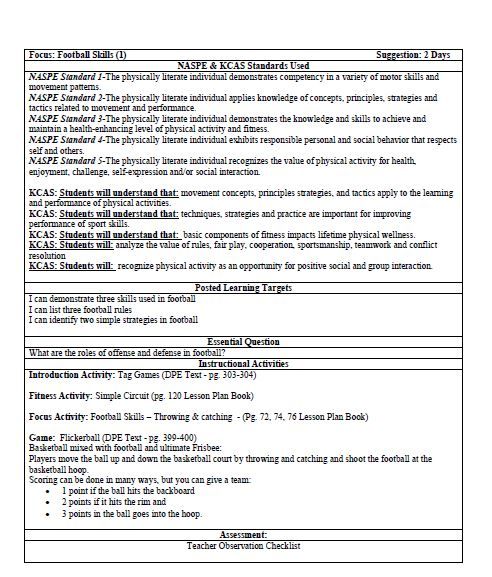 Allow your toddler lots of time to walk around when on a grassy lawn or at the park.
Allow your toddler lots of time to walk around when on a grassy lawn or at the park. - Sand play. It may look like child play, but as your child digs, scoops, pours, and sifts, they’re working on their gross motor skills.
- Create obstacle courses. Set up (safe!) objects around a room so that your toddler needs to duck, crawl, sidestep, reach, pull themselves up and even move items to get from one side to the other.
Preschoolers
Gross motor skills are mostly developed early and, as noted above, involve just the large muscle groups. Once your child has those skills in their repertoire, they can add other layers of skill like coordination, muscle development, posture, balance, and more.
Some examples of building upon their gross motor skills include:
- hopscotch and skipping
- trampoline jumping
- swimming
- playing musical instruments
Accompanying you child through their journey in life is one of the most satisfying things you’ll ever do.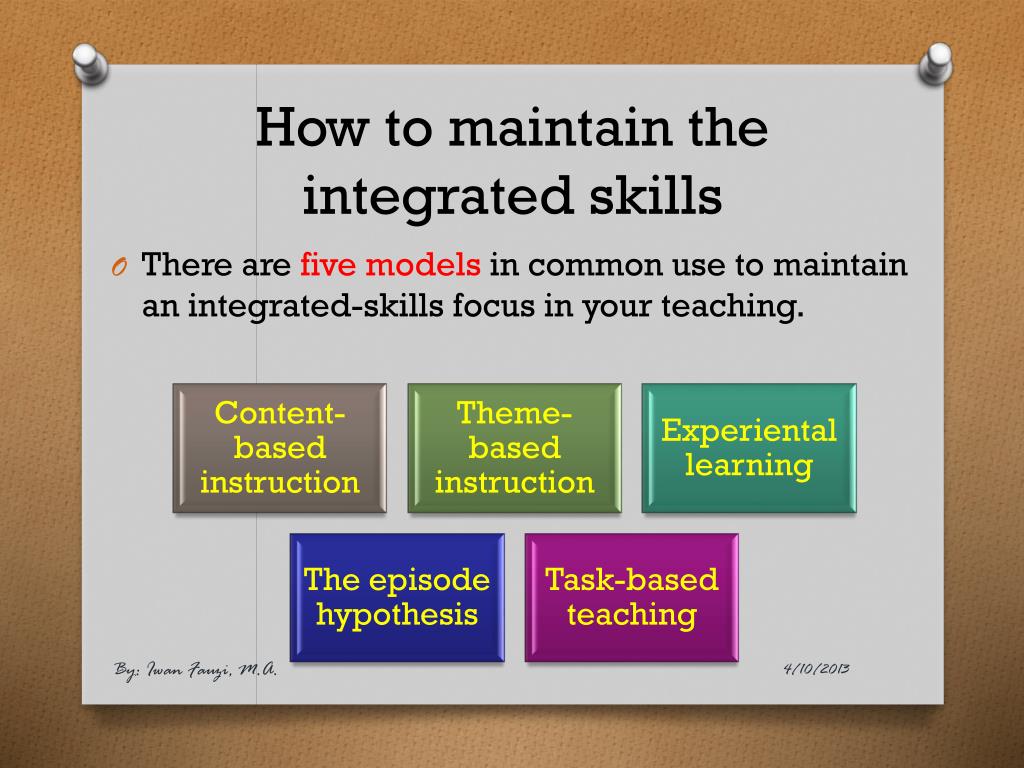
When you watch your child pulling themselves up only to fall back onto that well-padded butt, you may not believe the adage that time flies. But it won’t be long and soon you’ll be eating popcorn on the sidelines while your superstar hits a home run.
Examples, Vs. Fine, Activities, More
As your baby grows and starts to investigate their surroundings, they develop new skills. Gross motor skills are one set of skills they’ll add to their repertoire of tricks right from the start.
Let’s take a look at some of those skills, as well as what to do if you suspect something might not be quite right.
Gross motor skills are those skills that involve the whole body — your core muscles (think belly and back) and the muscles of your arms and legs.
Gross motor skills include skills such as:
- sitting
- standing
- walking
- running
- jumping
- lifting (a spoon, a hairbrush, a barbell — they all count)
- kicking
Yup, these are actually skills.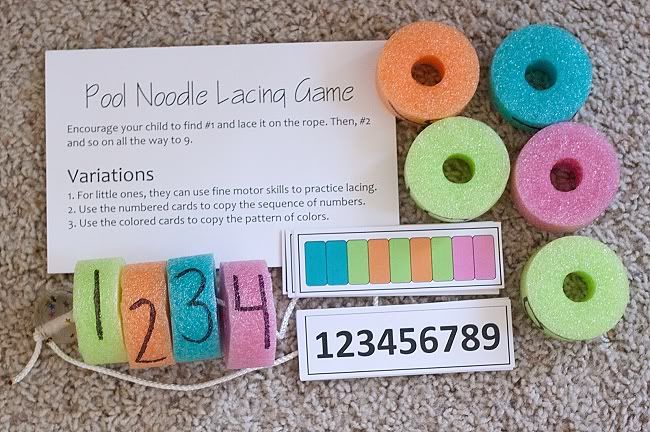
And then there are the skills that need, well, a little more skill:
- riding a bike or a horse
- playing sports like football or baseball
- roller blading
- swimming
When your child uses their gross motor skills, they’re also working on balance, coordination, hand-eye coordination, and strengthening the neural pathways in their brain.
You’ve heard mothers at the park tossing these terms around with the same nonchalance they use to toss a ball. So what’s the difference?
While gross motor skills involve the bigger muscles, fine motor skills work the smaller muscles of the hands, fingers, and wrists. Fine motor skills are about dexterity.
Here’s an example, taken from the previous section: Your child uses gross motor skills to lift a hairbrush — but fine motor skills to grasp it in their hands in the first place.
Your child needs fine motor skills to do finicky things such as:
- holding a pencil or scissors
- writing
- cutting
- threading beads
- playing with Legos
- buttoning up their coat
The better their fine motor skills are, the easier they’ll find tasks like drawing and the faster they’ll be able to do them.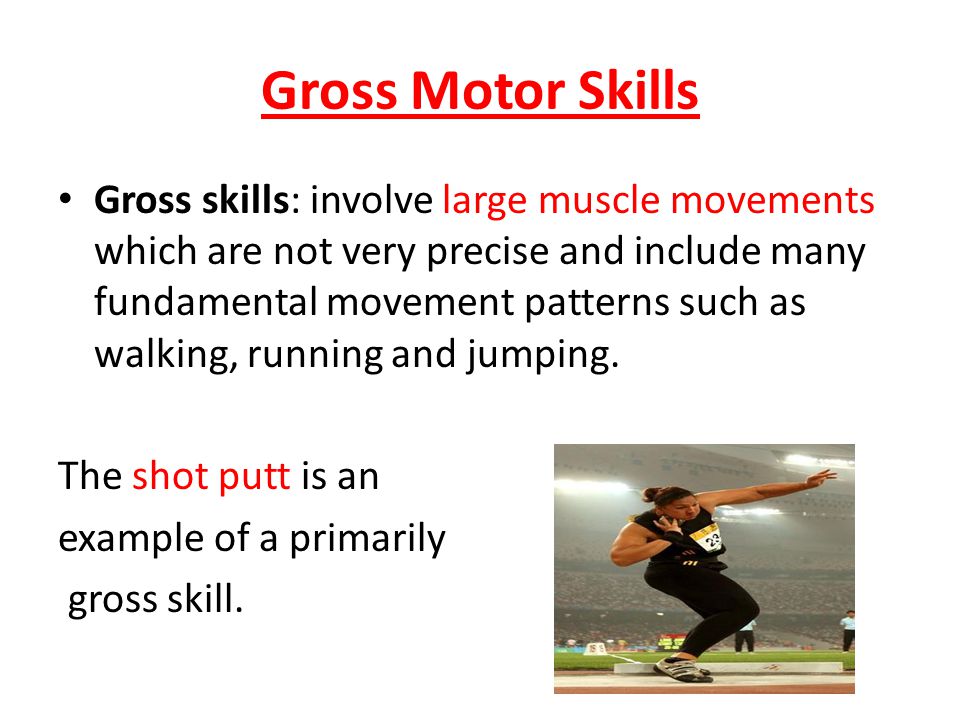
But appropriately developed gross motor skills can help your child build their fine motor skills. Knowing how to sit will give your child the ability to be at a desk and practice controlling the movements in their shoulders, arms, hands, and fingers.
Your newborn has a ways to go before they’re crawling. Your toddler has a ways to go before they’re playing baseball. So what are the age-appropriate gross motor skills to look out for at each stage?
0–3 months
- As your baby’s startle reflex fades, you’ll notice that their movements become more voluntary and controlled. With their developing hand-eye coordination, your baby will be able to bat at brightly colored toys.
- When you place your baby on their stomach (you’ll want to schedule plenty of tummy time into their day), you’ll notice them lift their head and chest.
3–6 months
- At this age, babies start to move. Typically, they’ll start to roll from their back to their side. And then they’ll start to roll all the way over — first from their belly to their back and later from their back to their belly.
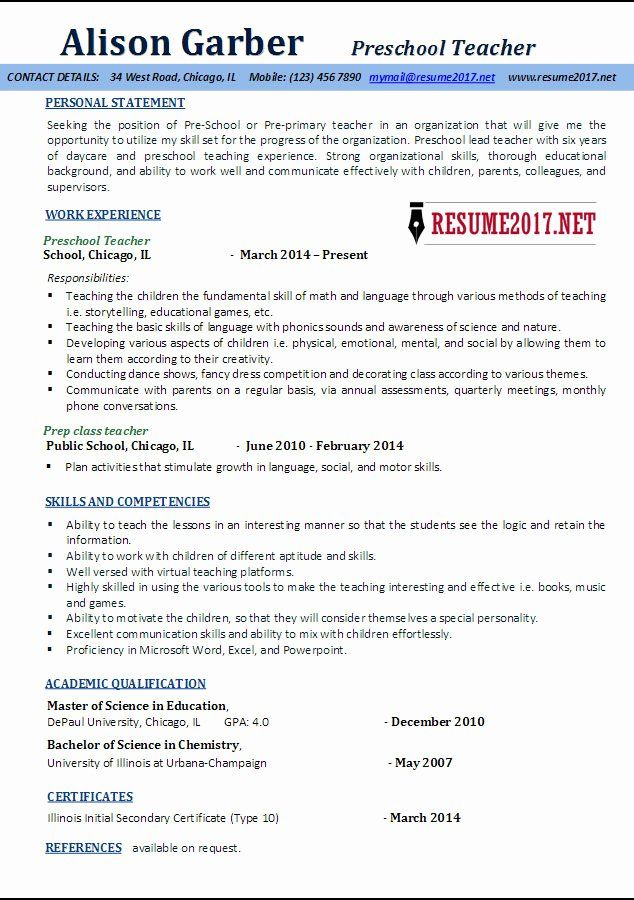
- Hold your baby’s hands when they’re lying on their back and gently pull them into a sitting position. Notice that they can raise their head.
6–9 months
- At first, your baby will sit with a little bit of help from you. Then, they’ll be able to sit as long as they’re leaning on their hands. And finally, when their back and abdominal muscles get stronger, they’ll be able to sit alone.
- As your baby becomes more mobile, they’ll start sliding around on their tummy to explore. Watch them rising up on their hands and knees to rock back and forth. And then, just when you’re least expecting it, they’ll start to crawl.
1 year
- Each time your baby pulls themselves up to stand, they’re working out those leg muscles. Add to this a good dose of coordination and your baby will start taking a few tentative steps — as long as there’s something there to hold on to, like the coffee table or your pants.
- Your baby has discovered that they can see what’s going on around them much better if they’re sitting up.
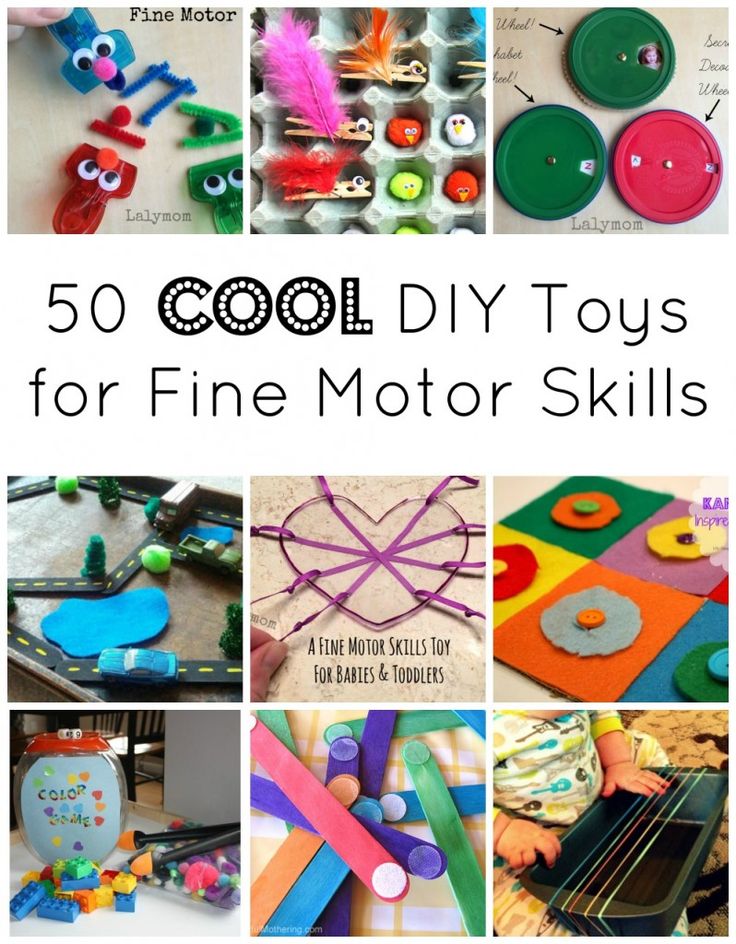 Watch them sit up alone.
Watch them sit up alone.
2 years
- Your toddler can not only walk alone pretty well, but they’re also starting to run. Watch out, though — at this stage it’s still easy for them to fall.
- Hold on to their hand tightly and your child will enjoy the challenge of walking up and down steps.
- By this stage, your child can jump with both feet.
3 years
- As your child’s leg muscles get stronger and their balance improves, they can stand on one foot for a few seconds at a time.
- Peddling a tricycle requires hand-eye coordination and arm-leg coordination that they’re starting to get the hang of.
- Your child is now able to enjoy playing on climbing frames at the park.
4 years
- Balancing on one foot is now a cinch, so your child begins to hop on one foot.
- Ball games become more fun as your child can catch a ball — almost all of the time.
5 years
- Get ready for games of jump rope now that your child can skip.
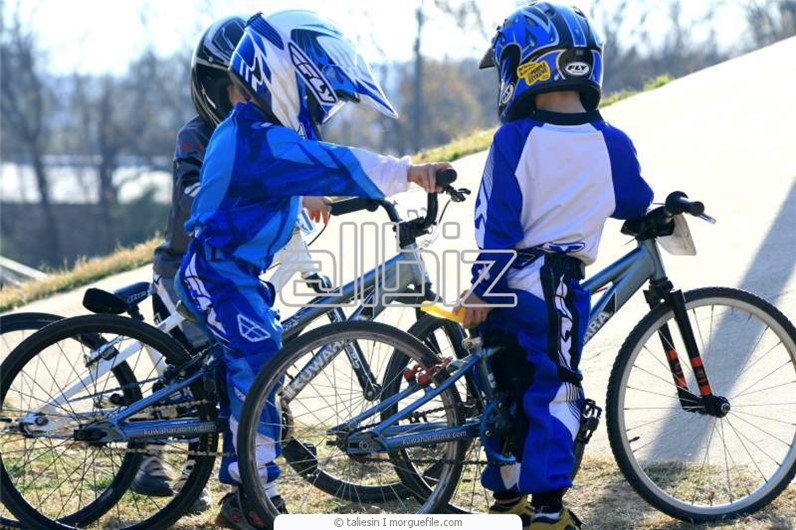
- With well-developed gross motor skills, your child is ready to learn how to skate and swim.
Always remember that each child is absolutely unique — just like everyone else. Your unique child may not follow given guidelines and that’s perfectly OK. We all develop in sync with our own internal clock.
That said, here are some things that you may want to look out for:
- Your child isn’t interested in the physical activities that their peers are happy doing. In fact, they even try to wiggle out of them.
- Your child goofs up tasks on purpose to mask that they’re having a hard time doing them.
- Your child tells other kids how catch a ball, reach the top of a jungle gym, or skip — but they won’t take part in the game.
If your child isn’t meeting many of the milestones above, you may want to reach out to your pediatrician for an evaluation. Very often, early intervention with a pediatric physical or occupational therapist can close the gaps you see.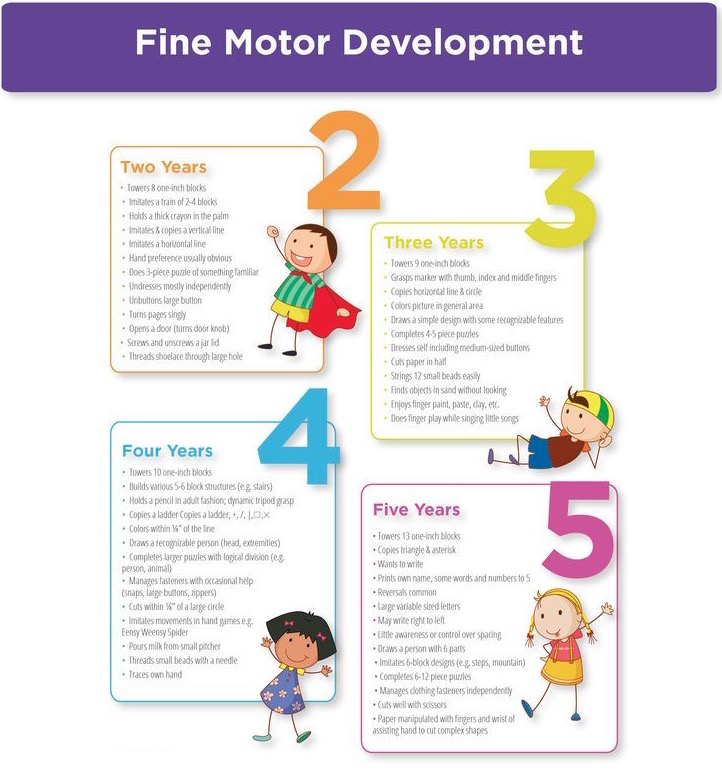
Sometimes parents notice that their child has difficulty in many areas of physical activity. For example, if your little one is clumsy, has an unsteady gait that makes it hard to negotiate steps, and can’t manage to tie their shoes or complete arts-and-crafts projects.
When several signs come together, they may signal a condition known as developmental coordination disorder (DCD). Talk to your pediatrician if you have concerns.
There are lots of ways you can encourage these skills at different stages.
Babies
- Head position practice. Alternate the side that you position your baby’s head when you lay them down. Left one day; right the next day. This will encourage your baby to lift their head and to strengthen both sides of their neck.
- Tummy time. Tummy time strengthens your baby’s neck and back muscles. Keep your baby interested by shaking a colorful toy in front of them.
- Rattle tug. It’s never too early to start building those biceps.
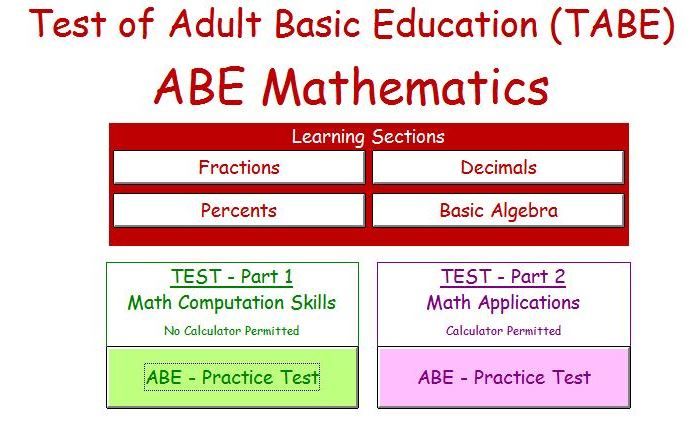 Put a rattle in your baby’s hand and tug gently.
Put a rattle in your baby’s hand and tug gently. - Sitting your baby up. Prop your little one up to encourage them to develop the motor skills to sit independently. As they’re learning, offer a hand to keep them stable.
- Sticky notes on the wall. Once your baby can pull themselves up to a wobbly stand, try putting Post-It notes on the wall just out of their sitting reach. They’ll delight in pulling themselves up to grab the notes and pull them off the wall.
- Free movement. Once you’ve babyproofed and created a safe space for baby, spending less time with them in bouncers and jumpers and more time encouraging them to move on their own is best. Try scattering favorite toys around a room and watch them crawl to their treasures.
Toddlers
- Going for walks. It won’t be as fast as cruising in the stroller, but your new walker needs lots of opportunities to practice walking. Create a safe space in your home for this by childproofing and setting up a play pen.
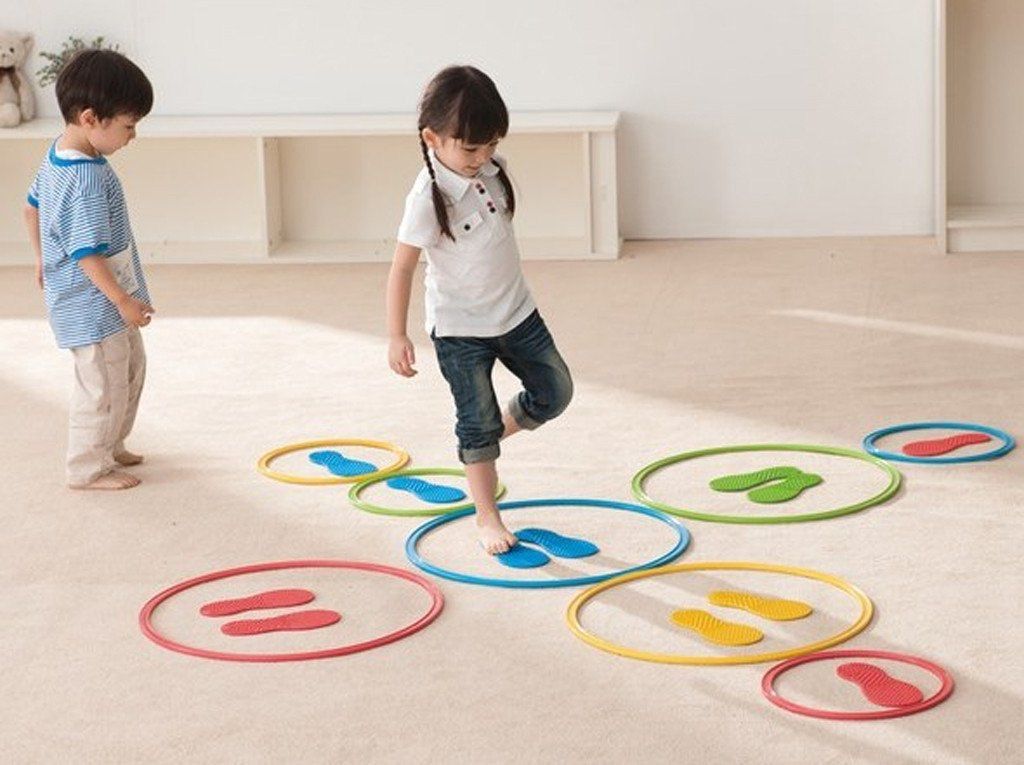 Allow your toddler lots of time to walk around when on a grassy lawn or at the park.
Allow your toddler lots of time to walk around when on a grassy lawn or at the park. - Sand play. It may look like child play, but as your child digs, scoops, pours, and sifts, they’re working on their gross motor skills.
- Create obstacle courses. Set up (safe!) objects around a room so that your toddler needs to duck, crawl, sidestep, reach, pull themselves up and even move items to get from one side to the other.
Preschoolers
Gross motor skills are mostly developed early and, as noted above, involve just the large muscle groups. Once your child has those skills in their repertoire, they can add other layers of skill like coordination, muscle development, posture, balance, and more.
Some examples of building upon their gross motor skills include:
- hopscotch and skipping
- trampoline jumping
- swimming
- playing musical instruments
Accompanying you child through their journey in life is one of the most satisfying things you’ll ever do.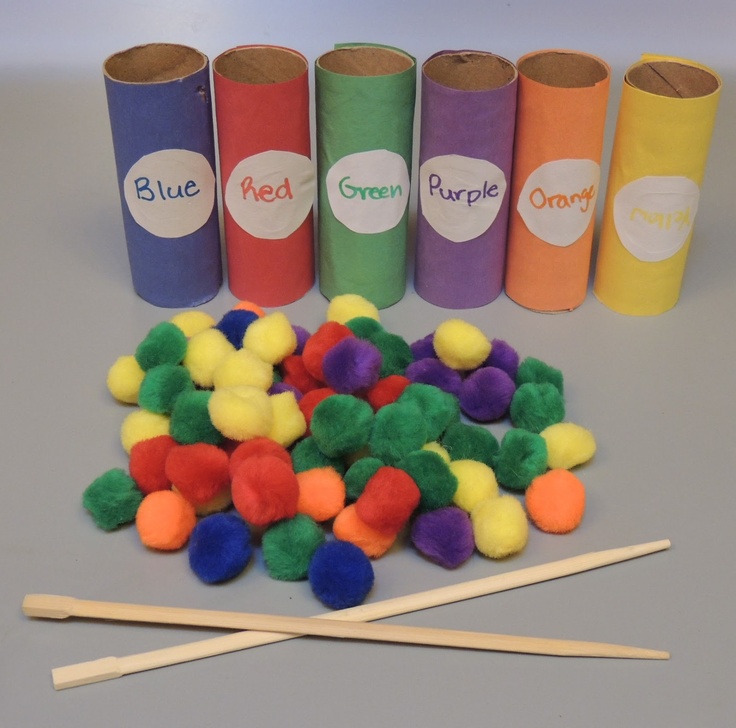
When you watch your child pulling themselves up only to fall back onto that well-padded butt, you may not believe the adage that time flies. But it won’t be long and soon you’ll be eating popcorn on the sidelines while your superstar hits a home run.
The 10 Best Activities for Developing Motor Skills in Toddlers
Watching young children make intricate movements is one of the most exciting things for all parents. By age 12, children should be able to stand up on their own and even when walking with some support. These activities that help them move are part of gross motor skills. Engage young children in الأنشطة This helps them improve their overall motor control and reach their goals on time.
What is gross motor skills?
Motor skills refer to your child's ability to move muscles to perform activities. Movements that involve larger actions such as kicking, arm extension, walking, running, and jumping are all gross motor skills. When he picks up objects with his fingers or waves his toes, these movements are called fine motor skills. children newborn They are not strong enough or mature enough to make any skillful movements. They gradually develop from the head and neck to the rest of the body. In this way, you will see that your child is learning to control the neck, not the shoulders and back. You will also learn to control her hand, not her hands and fingers. This means that her gross motor skills develop earlier than fine motor skills.
When he picks up objects with his fingers or waves his toes, these movements are called fine motor skills. children newborn They are not strong enough or mature enough to make any skillful movements. They gradually develop from the head and neck to the rest of the body. In this way, you will see that your child is learning to control the neck, not the shoulders and back. You will also learn to control her hand, not her hands and fingers. This means that her gross motor skills develop earlier than fine motor skills.
Gross motor skills of young children mainly include sitting without support, walking with assistance, grasping toys out of reach, and as they grow older, walking, moving around, playing with toys, etc. To develop gross motor skills, they need a lot of activities, that will allow them to move and take coordinated action.
10 Motor Skills for Toddlers
Here are some physical motor activities that will help your child develop gross motor skills:
1.
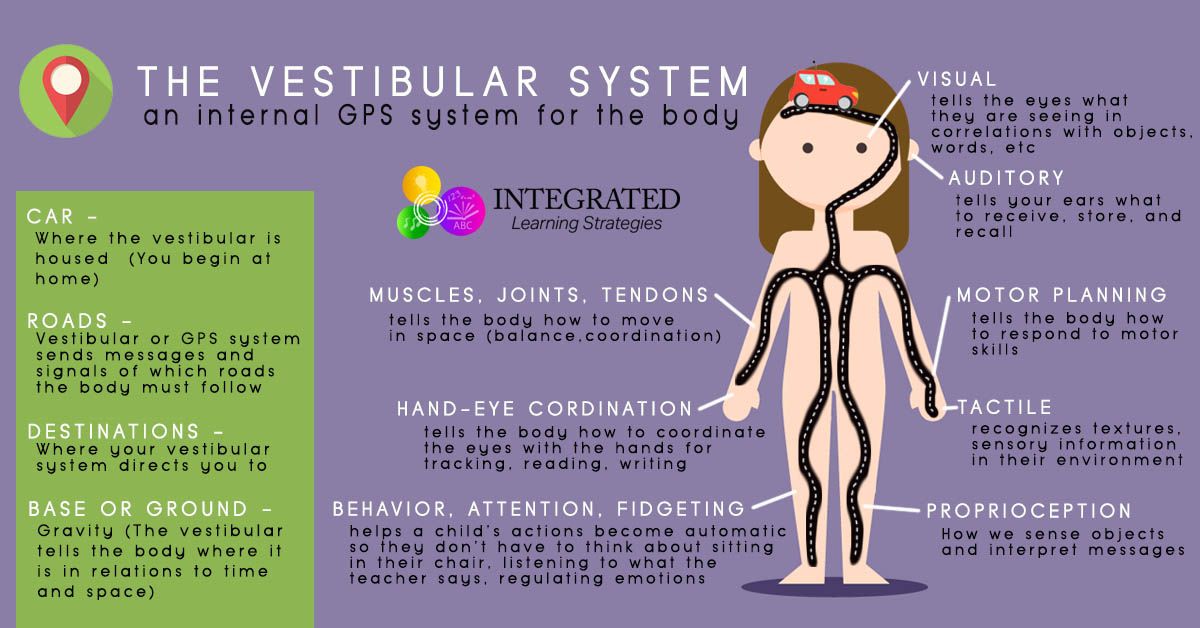 Basketball match.
Basketball match. Your child naturally likes to throw things. You can use this reflex to turn it into a fun game with balls and cuddly toys.
Items Needed:
- Plastic balls, soft toys, pillows.
- Laundry basket or bed
How to:
- Gather anything your child can easily throw around, such as plastic balls, soft toys, and stuffed pillows.
- From a comfortable distance, drop these items into the laundry basket or into the crib.
- As soon as you notice this, invite him to throw the ball himself.
- Cheer on her every time she scores a basket to help her develop motor skills and understand the concept of the game.
2. Obstacles
The obstacle course is one of the best indoor gross motor exercises for toddlers who are still crawling. It includes motor control and coordinated actions for the game.
Items needed:
- Pillows and pillow
- play tunnel
- play tent
- Your child's favorite toys
How to:
- Make a pillow path with a play tunnel at the end.

- Put some of her toys at the end of the tunnel to get her interested in the game.
- After the tunnel, set up a play tent with the rest of his toys.
- Guide her through the course if she is distracted or disoriented.
3. Fun with musical instruments.
The combination of musical sounds and movement is one of the most exciting games your child can play for a long time. This helps develop her gross and fine motor skills in a fun way.
Items Needed:
- Children's percussion instruments such as drums, xylophones, bells, etc.
How to:
- Set up musical instruments in her playroom.
- Take a drumstick and show it how to press the drum to make sounds.
- Teach her to take the stick in the correct position to hit the instrument.
- Cheer and cheer him on every time you get it right.
4. Clean the room.
Cleaning the room is a great activity for young children to develop fine motor skills such as walking, standing and understanding. It will also teach her to collect toys and put them in the right place after the game is over.
It will also teach her to collect toys and put them in the right place after the game is over.
Items Needed:
- Children's toys, pillows and more
- laundry basket
How to:
- Place all toys and objects on the floor.
- Walk around the room helping your child pick up soft toys and toss them into the laundry basket.
- After playing softly, tell her to pick up the rest and put them in the basket too.
- The task ends when all the items on the floor are placed in the basket.
5. Soap bubbles.
Bubbles are an absolute treat for kids, and the addition of a hula hoop makes them one of the most exciting outdoor motor activities. This exercise develops hand-eye coordination along with a number of other core muscle movements.
Things you need:
- bubble maker
- hoop
How to:
- Your child stands in front of him with a hula hoop and waits to catch bubbles.
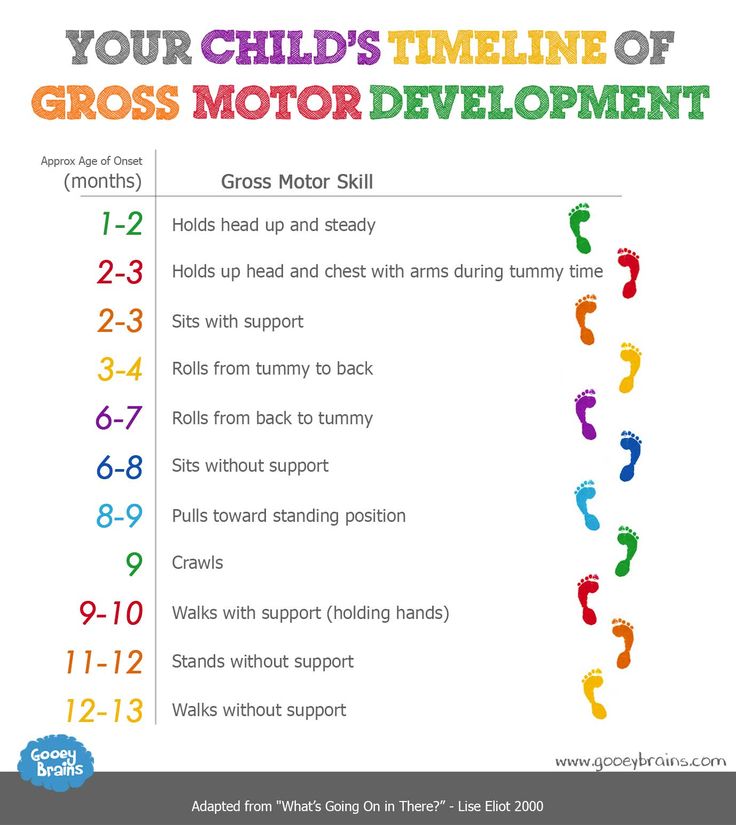
- Use the bubble maker to blow soap bubbles into the air.
- Hold the child as far away as possible.
6. Balloon hockey.
Even a simple game of hockey requires a lot of coordination to get the balls to the goal. This game, although fun, will improve motor control and hand-eye coordination on bats and balloons.
Things you need:
- blow up balloons
- hockey sticks
- laundry baskets
How to:
- Use laundry baskets to set up gate posts on opposite sides of the room.
- Blow up some balloons of different colors so they can be easily placed in the laundry baskets.
- Have her point the balloons at the goalposts.
7. Pushing the car
Pushing toys helps young children to better control their walking, especially when they stop crawling. Therefore, if you are teaching your child to walk, this is an important game.
Things you need:
- 4WD play or push car
How to:
- Have your child hold on to the pusher toy and push it forward.
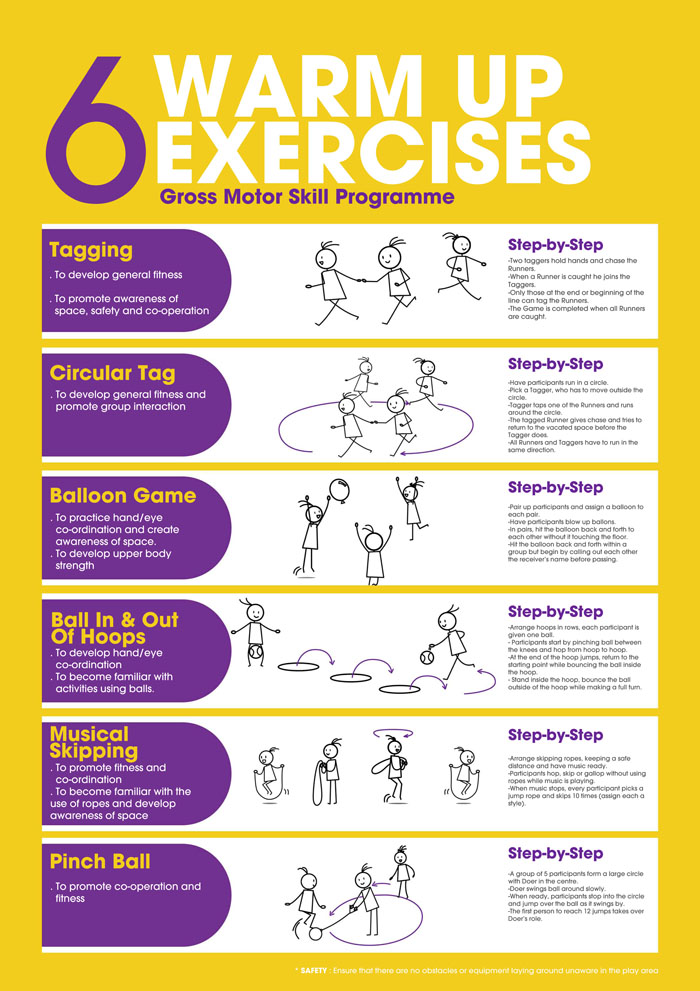
- Stand in front of him and cheer him up.
- Your wife can stand behind your child to support him from behind.
8. Combat
Sword fighting can be very interesting, especially if your child has witnessed intense fights in movies. To ensure safety during the development of motor skills, light bulbs must be made harmless.
Items needed:
- plastic weapon
- Adhesive tape
How to:
- Use a serrated knife to cut the collected pasta into pieces to fit a lightsaber.
- Apply duct tape to one end of a lightsaber to make a handle.
- With imaginary suspicion, engage in combat with your child.
9. Bowling at home.
Bowling is quite challenging and suitable for older children. If your child loves to upset things, this is the perfect game for her.
Things you need:
- Bowling group
- Toys that can be stacked and knocked down like plastic bricks or jenga.
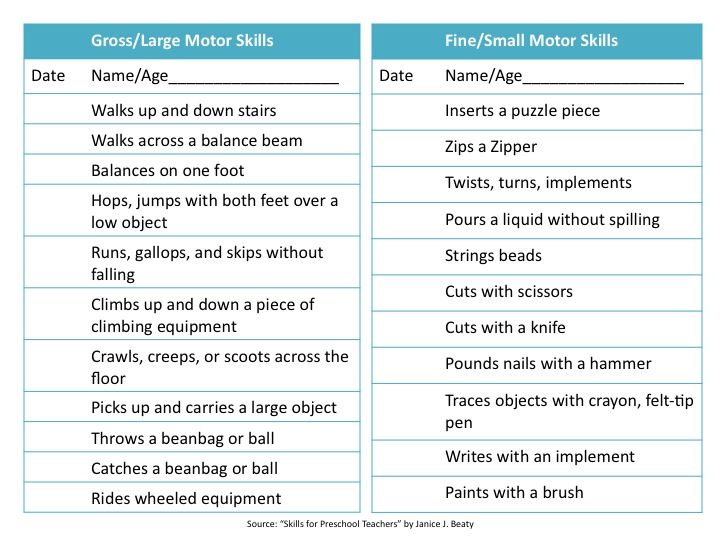
How to:
- Create a bowling alley by stacking pins from a deck at one end of the room.
- Have your child drop it with a plastic ball.
- She can also knock down stacked bricks with bowling pins.
10. Outdoor practice with a flying saucer.
This is a great activity to help your child play outdoors and learn skills like running, coordination and object tracking.
Items needed:
- soft flying saucer
How to:
- This activity is best done in a spacious garden.
- Have your child stand some distance away from you.
- Throw a flying saucer towards him and pushed it to catch him in the air.
You can use games and simple exercises to develop your child's basic motor skills. As an added bonus, it also helps keep her active and promotes her cognitive development by strengthening her understanding. for activities concerned.
Basic Motor Skills Most Important Characteristics / General Culture | Thpanorama
basic motor skills are motor acts that are performed naturally and form the basis of motor actions that a person develops in the future.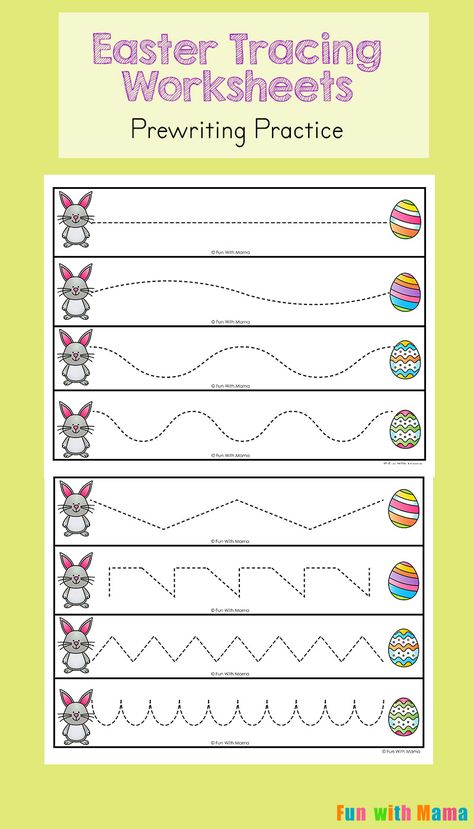
These are skills acquired as a result of training to obtain a given result in the shortest possible time and with minimal energy expenditure.
These skills will allow further development of more complex motor actions. that people have at birth and that develop together.
What are the basic motor skills?
Basic motor skills are shifts, jumps, counterweights, throws and tricks..
So, we are talking about the abilities associated with the movement and movement of a person.
- They are part of the evolution that allowed man to survive.
- They provide a home for later learning to move.
Top ranking
1- Depending on the body and objects
Movements to control the body
Enter locomotion here, such as walking or running; and those of balance, such as standing or sitting.
Movement for processing objects
In this case it is manipulative movements, such as throwing or receiving objects .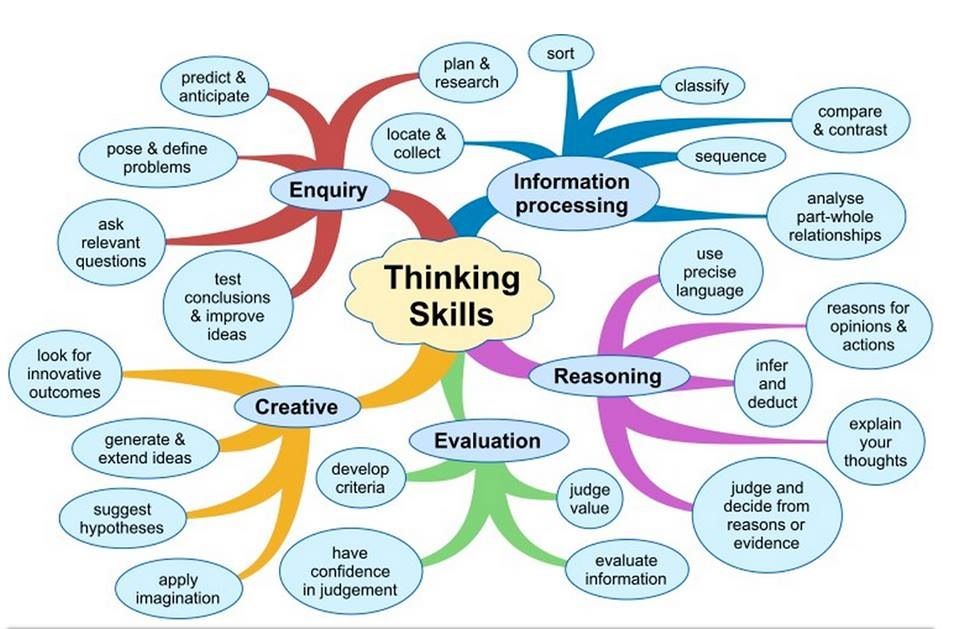 .
.
2- Depending on the body, objects and space
Locomotives or locomotives
are used movements for movement: walking, running, jumping, among others.
Not a locomotive
Movements to bring the body into alignment with space: turn, push, hover, dodge, among others.
Manipulative or projection and perception
Movements to manipulate objects: throwing, catching, hitting, among others.
When do basic motor skills develop??
According to Fernando Sánchez Banuelos and his book Fundamentals for Didactics of Physical Education and Sports (1992) , children develop their motor skills in 4 stages.
Phase 1
This goes from 4 to 6 years. At this point, the child develops his ability to perceive. Understands your body and its relation to the space around you.
This will help you perform exploration and exploration activities as well as laterality-oriented tasks. This is a golden moment for developing basic motor skills..
This is a golden moment for developing basic motor skills..
Moves become more complex and work on improving them. Here they are helped by recreational activities that include competition.
Phase 3
This occurs between the ages of 10 and 13. The child already has ingrained skills, and it's time to link them to the development of sports or expressive activities.
It is convenient that they work on general skills, or that they can be applied to many sports.
Phase 4
This occurs between 14 and 17 years of age. They are already beginning to develop specific motor skills.
According to this author, basic motor skills are developed and honed at the age when children usually start school.
Why are basic motor skills important?
Basic motor skills are what guarantee certain motor skills. This is very important for those who want to play sports.
Most sports injuries are associated with poor development of basic motor skills.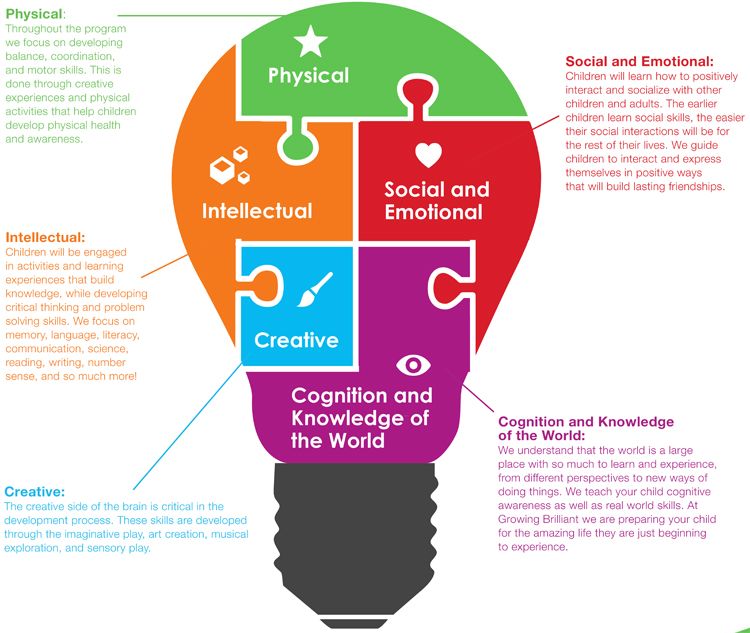 .
.
It is necessary that these skills be properly developed, practiced and honed so that they become fixed in the central nervous system and prepare the body for training. This pyramid puts these skills at the core.
According to Cook, an athlete must master the basic movements in order to be able to develop and train resistance or strength, as well as to reach the level of specific sports skills..
This means that the path to progress in an injury-free fitness program requires that the basic movement patterns are performed correctly.
Otherwise, the body will not be able to withstand the new requirements, and eventually it will be injured.
2 main components of basic motor skills
All motor skills have two main components: coordination and balance.
1- Coordination
This is the ability to perform movements in a precise manner, even when they interfere with various parts of the body itself or with some objects.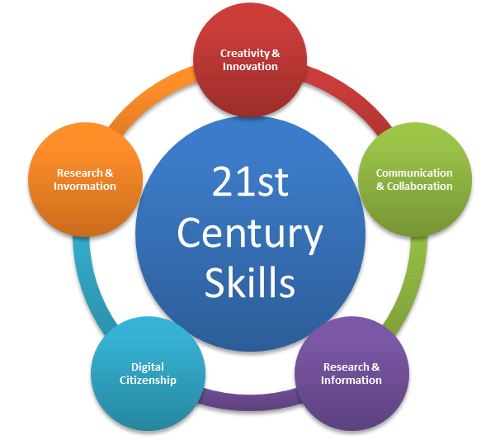 .
.
This largely depends on the state of the central nervous system, in particular, the cerebral cortex.
When there is good coordination, the movement is carried out automatically and with very little energy. There are several types of coordination:
General dynamics
This is the basis of all movements.
Manual eye
This is the type of coordination required for perception and is present in movements that involve touching something.
segmental
It is present in the development of fine motor skills and laterality.
2- Balance
This is a function associated with the cerebellum and the inner ear, which allows you to maintain a position for a certain period.
This is an ability that develops with age and improves after 7 years, when the child remains in balance with his eyes closed.
Balance is a skill that usually requires receiving stimuli with the ear and vision.